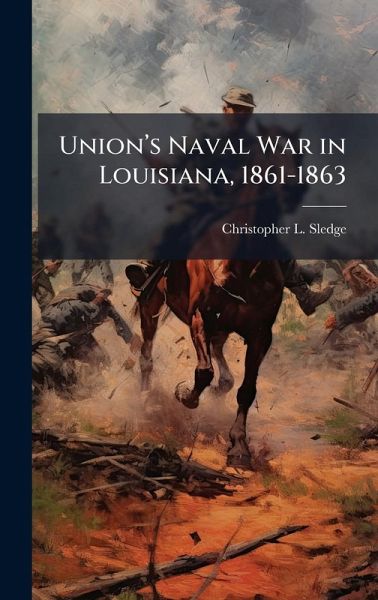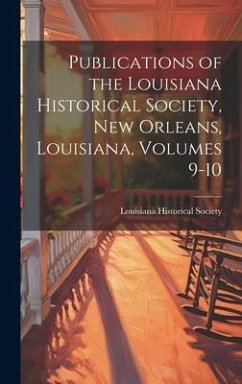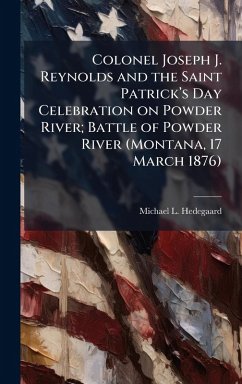
Unionâ€(TM)s Naval War in Louisiana, 1861-1863
Versandkostenfrei!
Versandfertig in über 4 Wochen
28,99 €
inkl. MwSt.
Weitere Ausgaben:

PAYBACK Punkte
14 °P sammeln!
Union naval operations in Louisiana featured some of the most important operations of the Civil War, led by two of the US Navy's most distinguished officers. During the period from 1861 to 1863, Admirals David G. Farragut and David D. Porter led Union naval forces in Louisiana in conducting: a blockade of the New Orleans, the Confederacy's largest city and busiest commercial port; a naval attack to capture New Orleans in April 1862; and joint operations to secure the Mississippi River, culminating in the surrender of Vicksburg and Port Hudson in July 1863. These operations have been the focus ...
Union naval operations in Louisiana featured some of the most important operations of the Civil War, led by two of the US Navy's most distinguished officers. During the period from 1861 to 1863, Admirals David G. Farragut and David D. Porter led Union naval forces in Louisiana in conducting: a blockade of the New Orleans, the Confederacy's largest city and busiest commercial port; a naval attack to capture New Orleans in April 1862; and joint operations to secure the Mississippi River, culminating in the surrender of Vicksburg and Port Hudson in July 1863. These operations have been the focus of many historical studies, but their relationship to Union naval strategy has often been overlooked. The primary elements of that strategy, as it applied in Louisiana, were a blockade of the Confederate coast and joint operations on the Mississippi River. This thesis studies the influences that shaped Union naval strategy in order to provide a strategic context for analyzing the development of naval operations in Louisiana from the implementation of the blockade to the opening of the Mississippi River. The result is a historical case study of the relationship between naval strategy and operations in a joint environment. This work has been selected by scholars as being culturally important, and is part of the knowledge base of civilization as we know it. This work was reproduced from the original artifact, and remains as true to the original work as possible. Therefore, you will see the original copyright references, library stamps (as most of these works have been housed in our most important libraries around the world), and other notations in the work. This work is in the public domain in the United States of America, and possibly other nations. Within the United States, you may freely copy and distribute this work, as no entity (individual or corporate) has a copyright on the body of the work. As a reproduction of a historical artifact, this work may contain missing or blurred pages, poor pictures, errant marks, etc. Scholars believe, and we concur, that this work is important enough to be preserved, reproduced, and made generally available to the public. We appreciate your support of the preservation process, and thank you for being an important part of keeping this knowledge alive and relevant.












